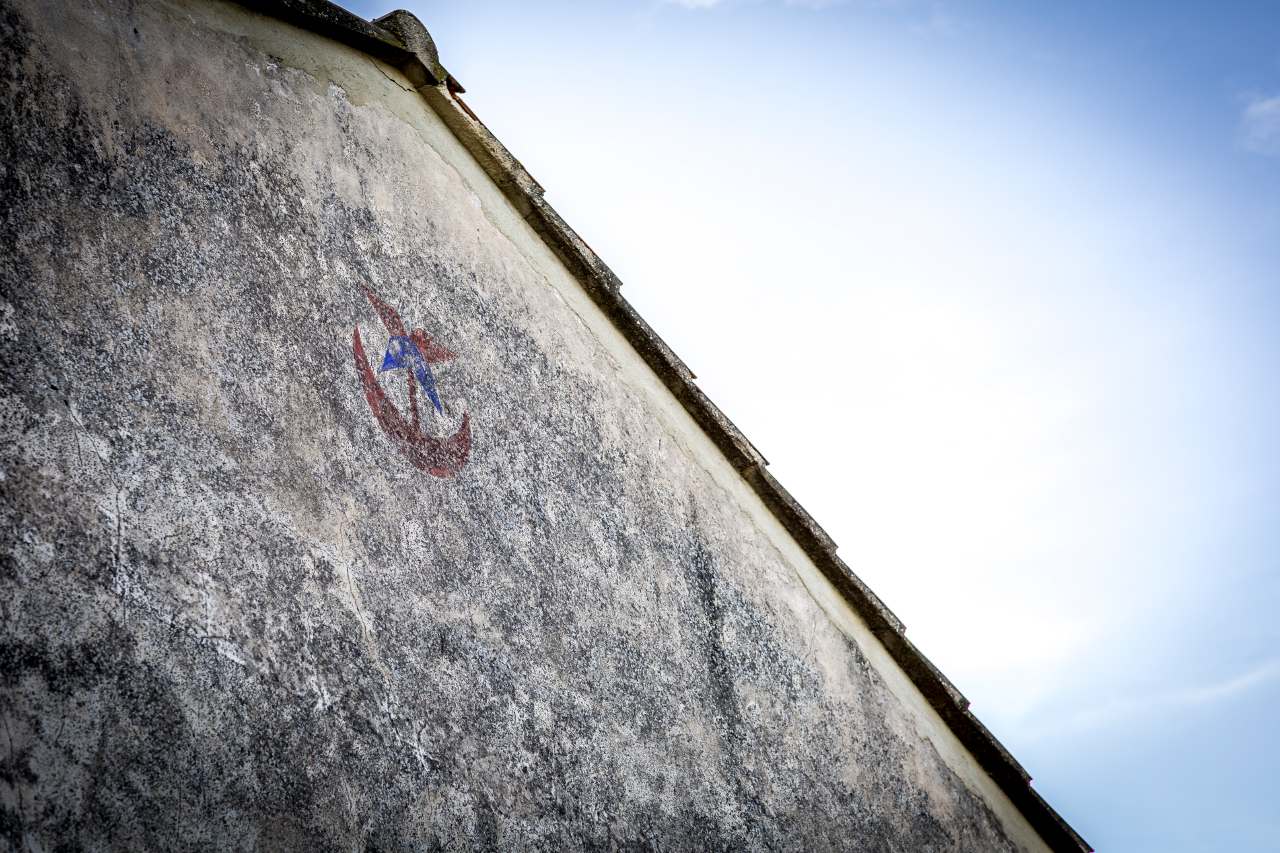

Clos Saint Antonin is a 15-hectare estate located outside Jonquières within the Côtes-du-Rhône Village of Plan de Dieu. A short […]
Keep ReadingClos Saint Antonin is a 15-hectare estate located outside Jonquières within the Côtes-du-Rhône Village of Plan de Dieu. A short drive from Courthézon, where Domaine de la Janasse is situated, Clos Saint Antonin was purchased by the Sabon family in 2014. Small, compact, and contiguous estates rarely come on the market in the Rhône, let alone ones planted on the classic red clays, galets, and sand typical of Plan de Dieu. While it is quite common to see the famed estates of Châteauneuf-du-Pape looking over the Rhône River towards Lirac to expand their holdings, more and more are looking north to Plan de Dieu since this terroir is quite similar to what they find in their backyard. While the whole family is involved with its farming and winemaking, Isabelle Sabon is heading up this new project – one supplemented by some of her family’s vineyards in Le Crau for the Clos Saint Antonin Châteauneuf-du-Pape.
Despite being a recognized Côtes-du-Rhône Villages, Plan de Dieu has long been in the shadow of the more famous Cairanne and Rasteau to its immediate north. If you would compare this terroir to its neighbors, it could best be summarized as having the potential richness of Rasteau, married to the lift and precision of Cairanne. The soils vary widely in Plan de Dieu, a fact made evident by walking Isabelle’s vineyards in winter, where the heavier clays on the gentle, lower slopes give way to gravel and galets on the crest of this hill. If you’re standing in these vineyards as the mistral begins to blow, you’ll realize just how exposed Clos Saint Anotinin is to the winds that buffet this open plain year-round. Corresponding to the changes in terroir, the vines for the Côtes-du-Rhône are made from younger vines and those on the mid-slope where clay mixes with fine gravel. As you ascend the gradual slope, you will find that the gravel becomes denser and deeper on the surface until you reach the top, where the topsoil is replaced with a thick layer of pale stones. Isabelle uses the older vines on this terroir for the Plan de Dieu. These vines are just north of the old, derelict Mas of St-Antonin which is gently crumbling back into the landscape although Isabelle plans to restore this building to become the cellar for Clos Saint-Antonin. In the meantime, the wines are fermented and aged just a short distance away at Domaine de la Janasse.
Isabelle makes four wines at her estate: an IGP Principauté d’Orange from Clairette, Chardonnay & Bourboulenc, a Côtes-du-Rhône from younger vines of Grenache, Syrah & Mourvèdre, a Côtes-du-Rhône Villages Plan de Dieu from older vines of Grenache, Mourvèdre & Syrah, and a Châteauneuf-du-Pape from old vines of Grenache located in La Fond du Loup and Le Crau. The vines in Châteauneuf-du-Pape formerly belonged to Isabelle’s father, Aîme Sabon. Once part of the blend for Domaine de la Janasse’s Châteauneuf-du-Pape Tradition, these parcels were transferred to Clos Saint-Antonin. Both lieux-dits are notable for being sandy terroirs, and under Isabelle’s stewardship, they produce a cuvée of vibrant red fruit and ethereal aromas typical of Grenache on sand. It is a remarkable testament to terroir to taste Isabelle’s Châteauneuf-du-Pape alongside the more broad-shouldered Plan de Dieu and shows her commitment to making wines that reflect their origins. To further this goal, Clos Saint-Antonin is in conversion to certified organic farming; harvests are manual, partially destemmed based on grape variety and vine age, and ferment spontaneously. Aging follows in concrete tanks, foudres, and well-seasoned French oak demi-muids – selected only after assessing the wine after fermentation is complete. While long in the shadow of the fame of Domaine de la Janasse, in the coming years, we expect Isabelle Sabon to claim her own status as one of the most intuitively talented winemakers in the Rhône Valley.
Some of the photos we used are courtesy of © Photo credits: Henrik Ehlers, Jysk Vin. Mange tak!
CloseMas Saint Antonin in Plan de Dieu, © Photo credits: Henrik Ehlers, Jysk Vin.
Isabelle Sabon at Clos Saint Antonin © Photo credits: Henrik Ehlers, Jysk Vin.
Isabelle Sabon at Clos Saint Antonin © Photo credits: Henrik Ehlers, Jysk Vin.
© Photo credits: Henrik Ehlers, Jysk Vin.



